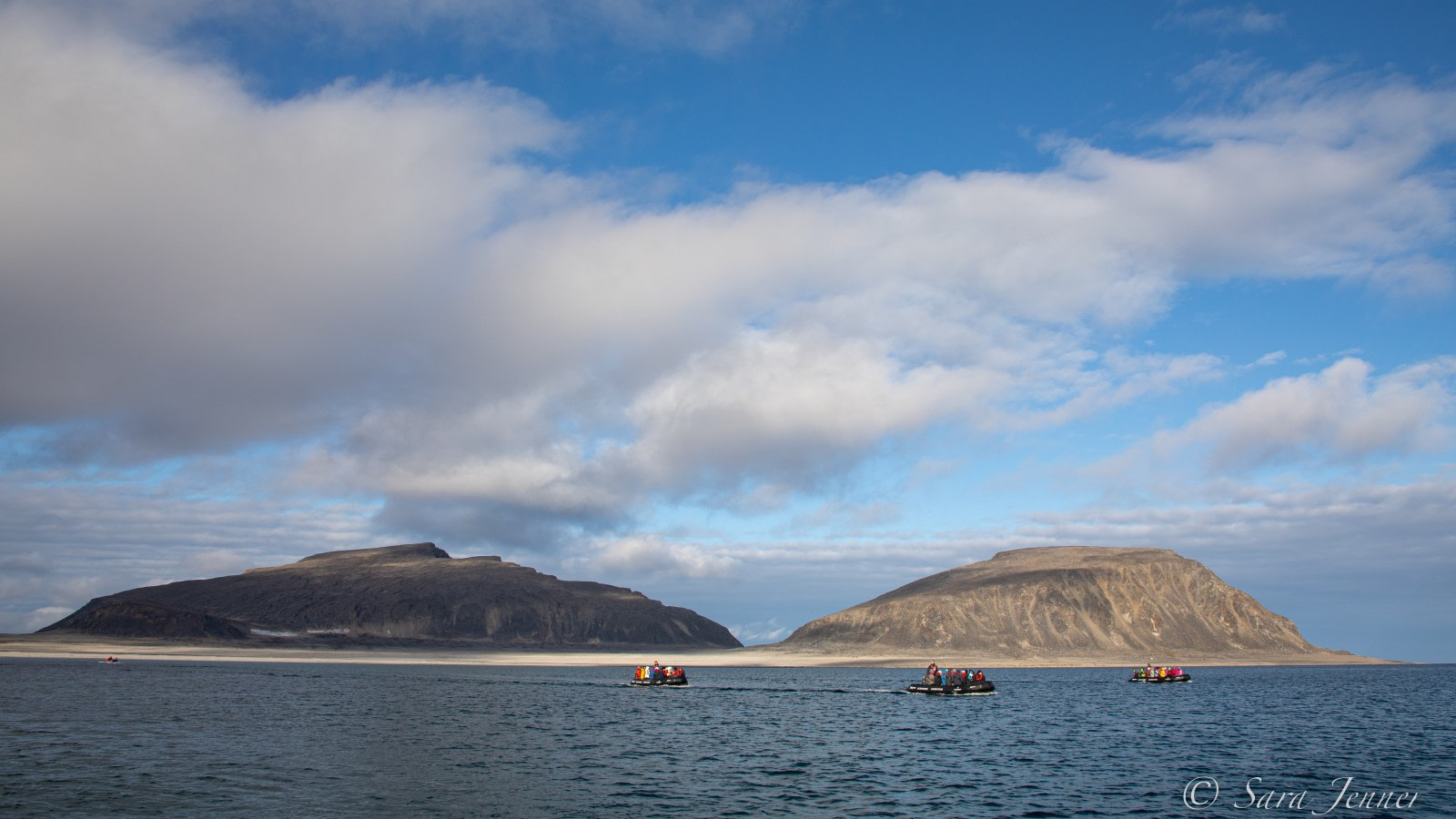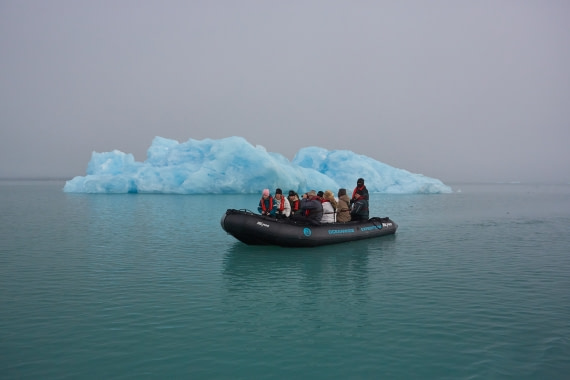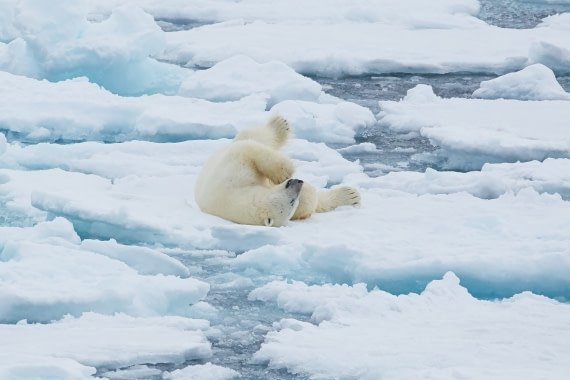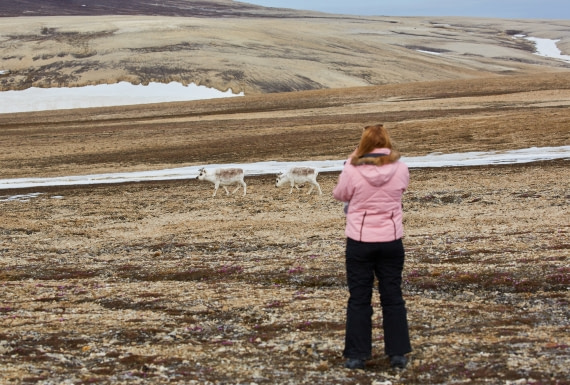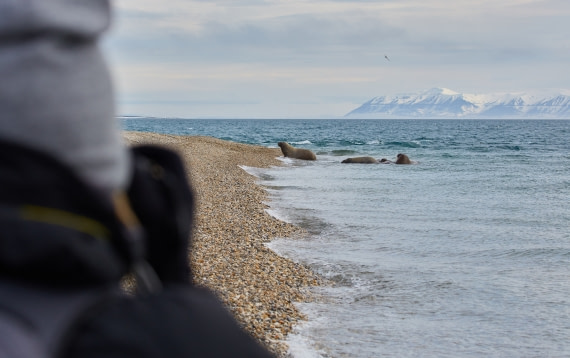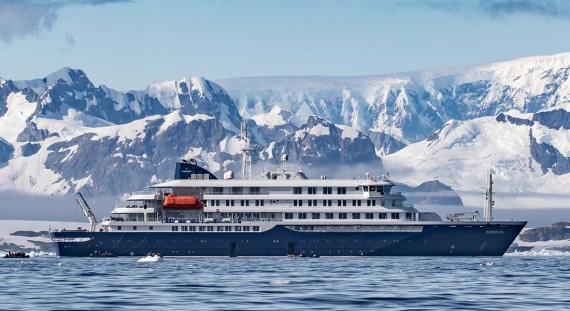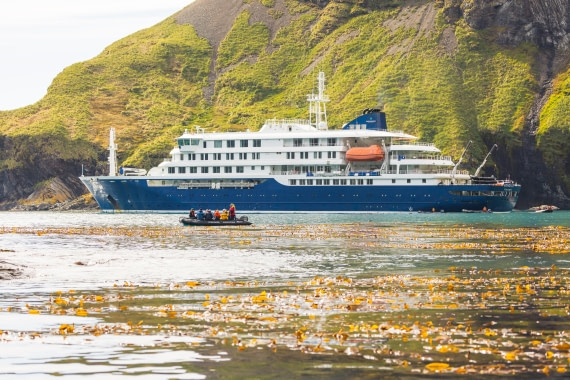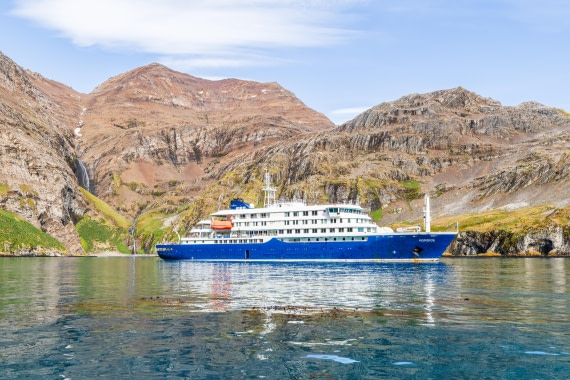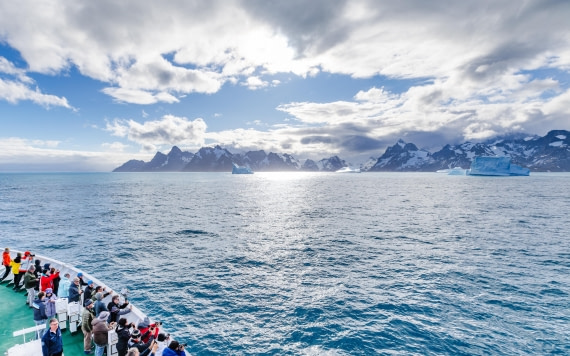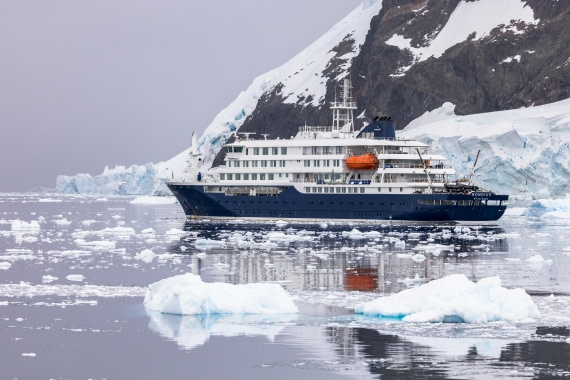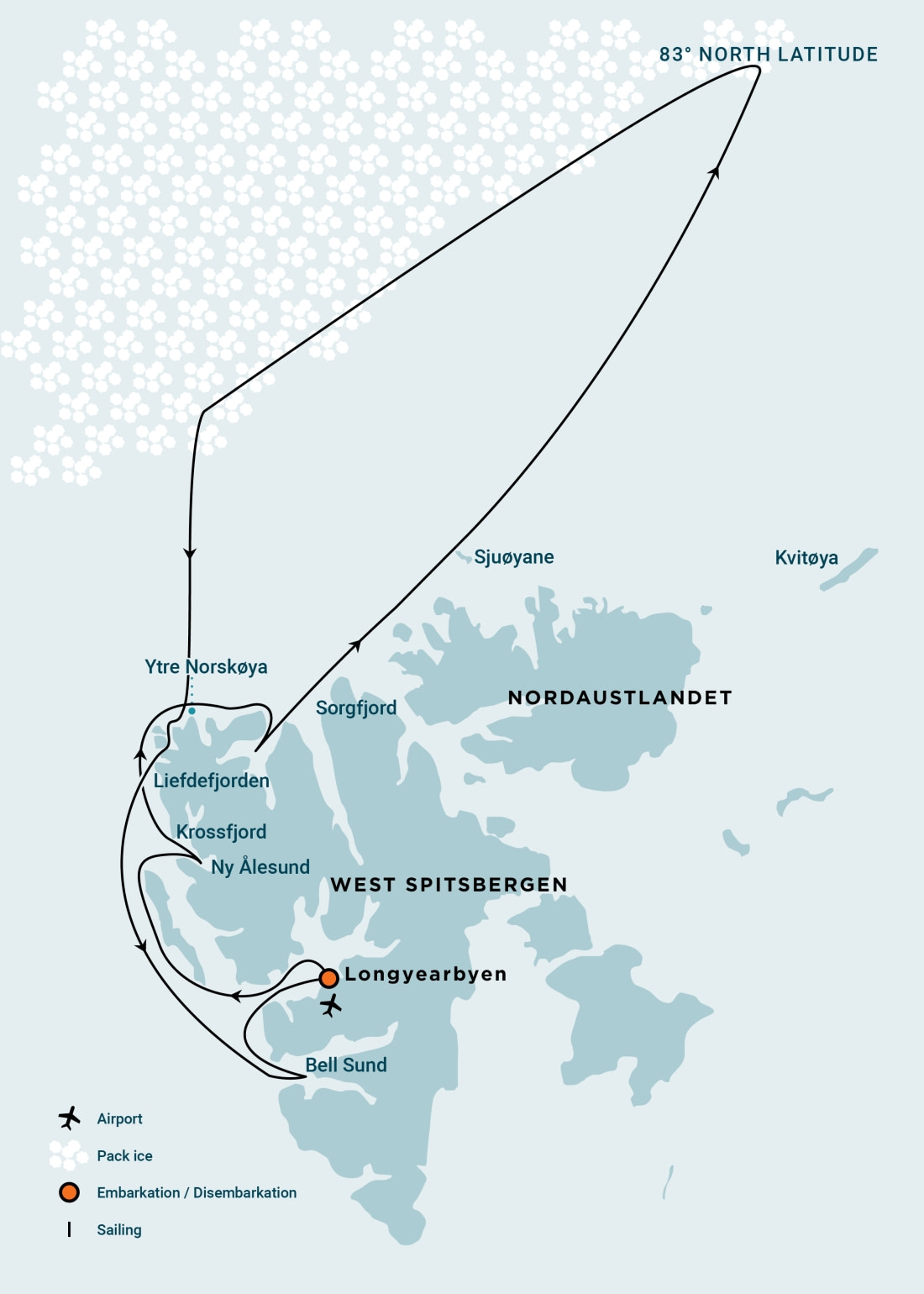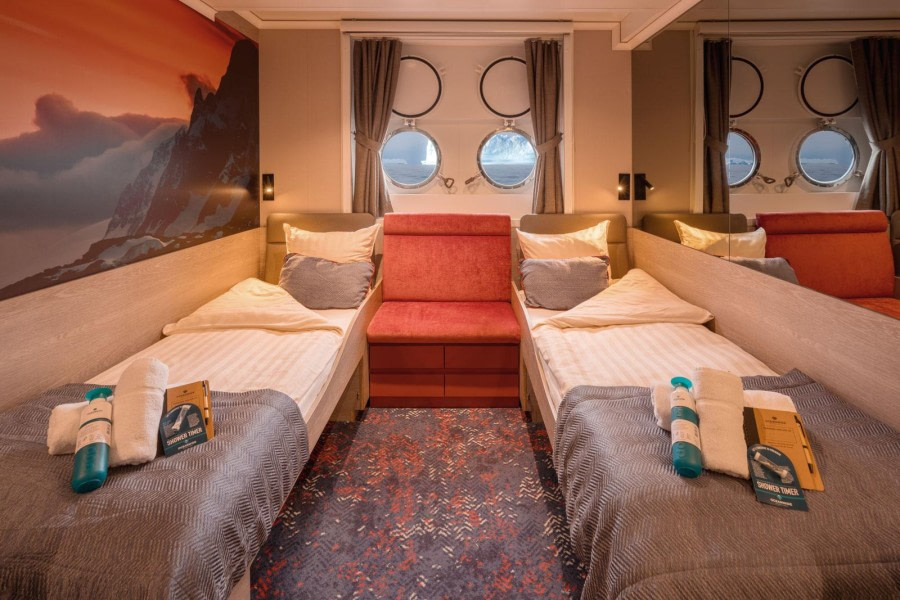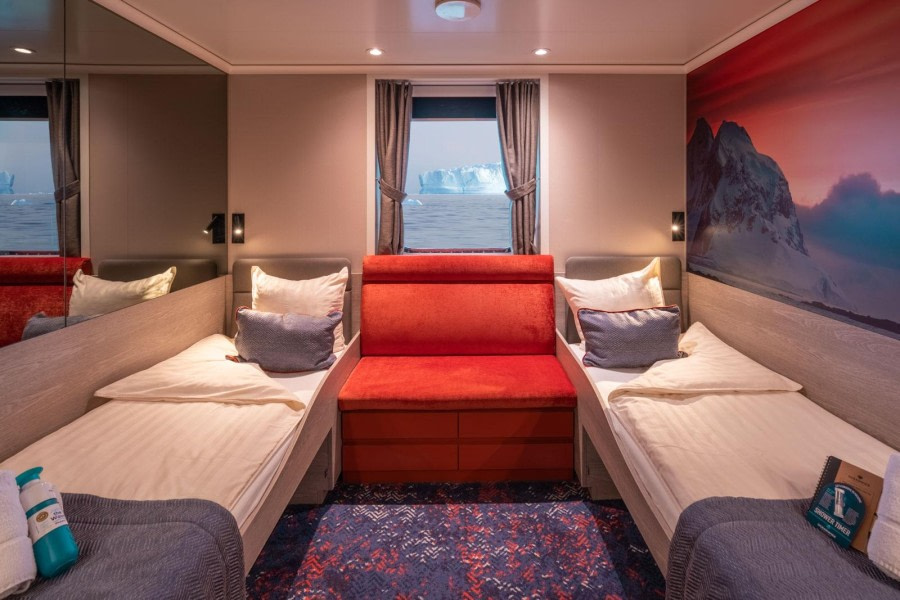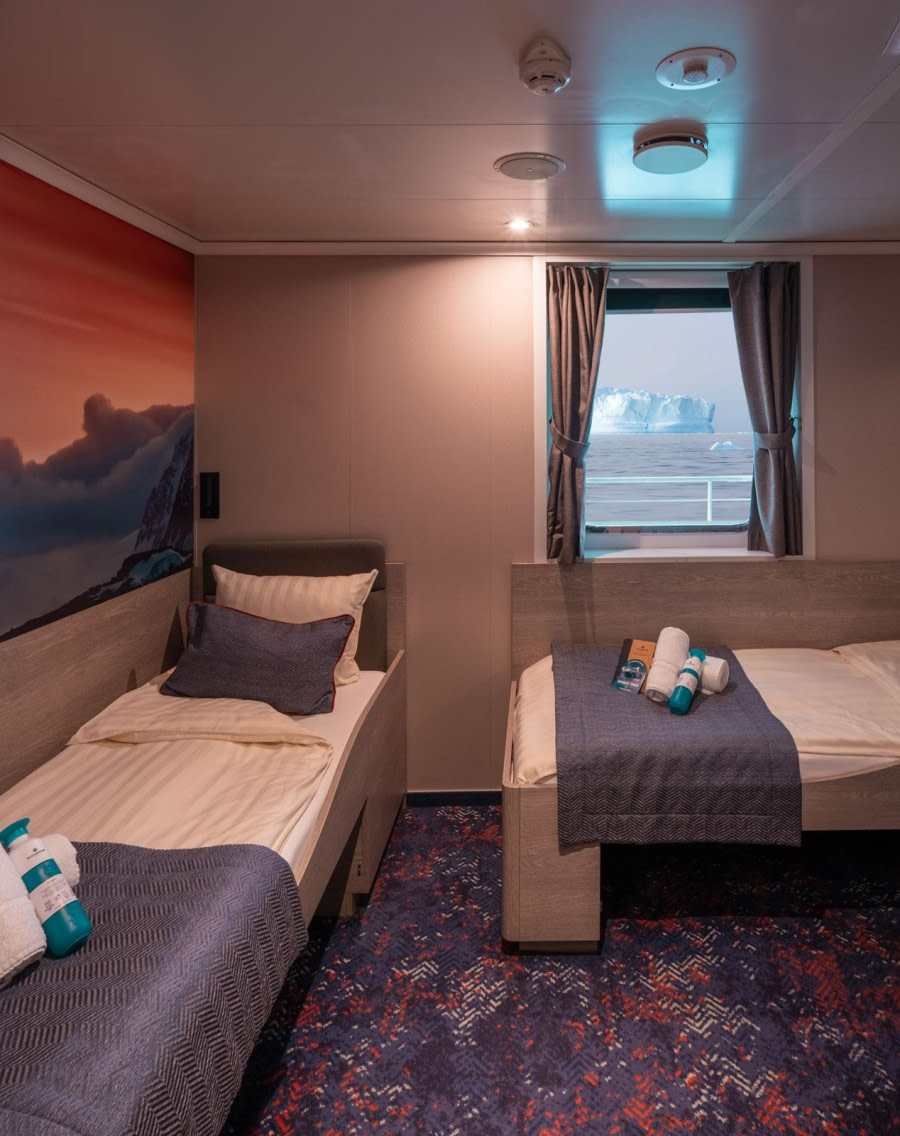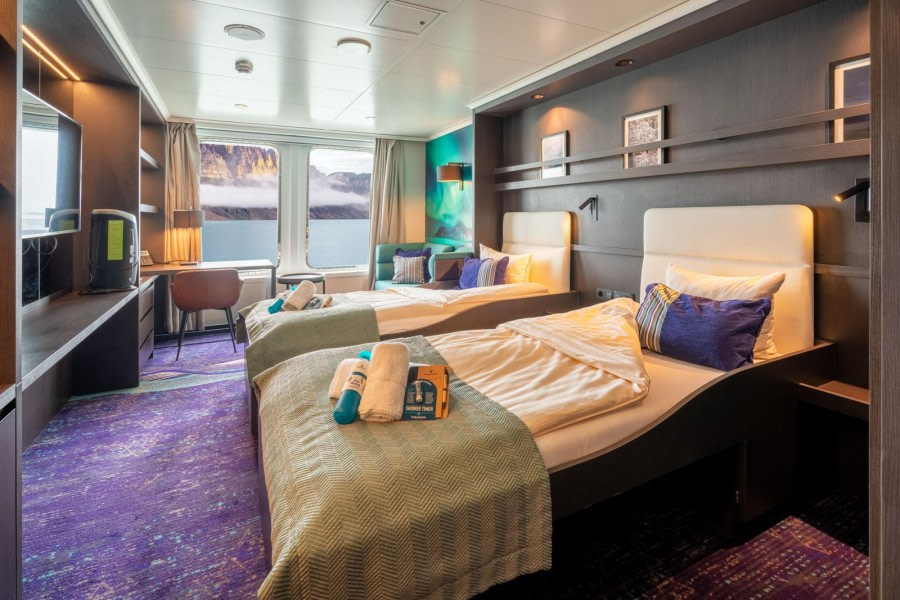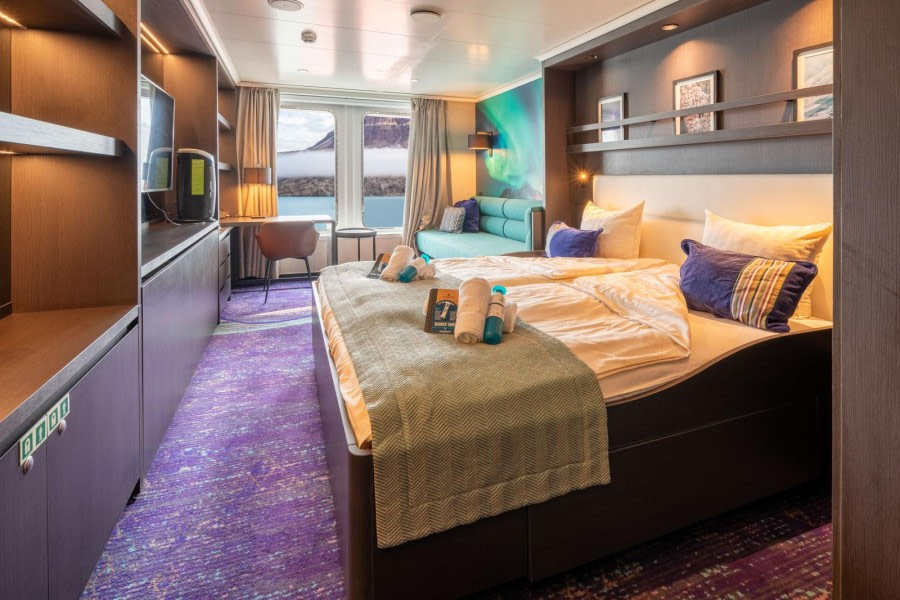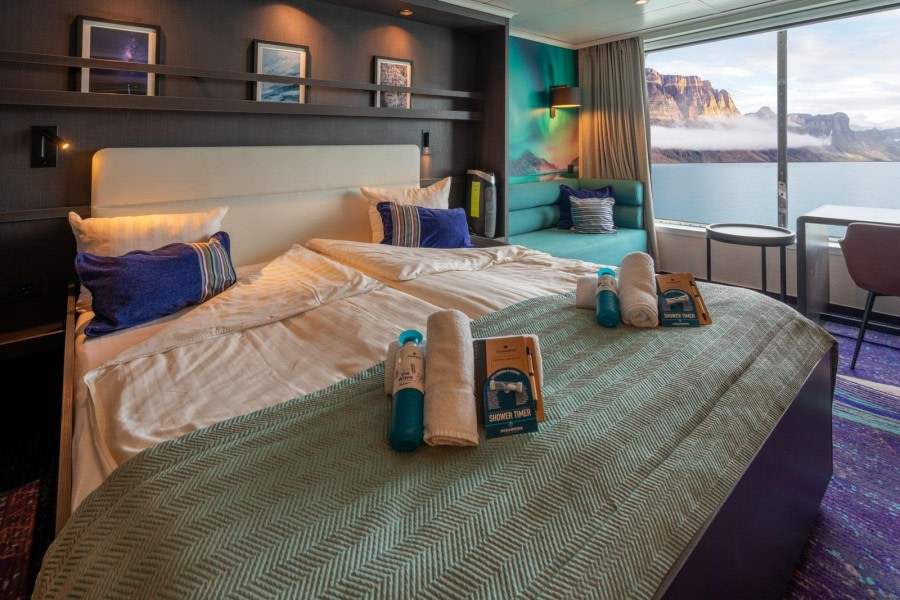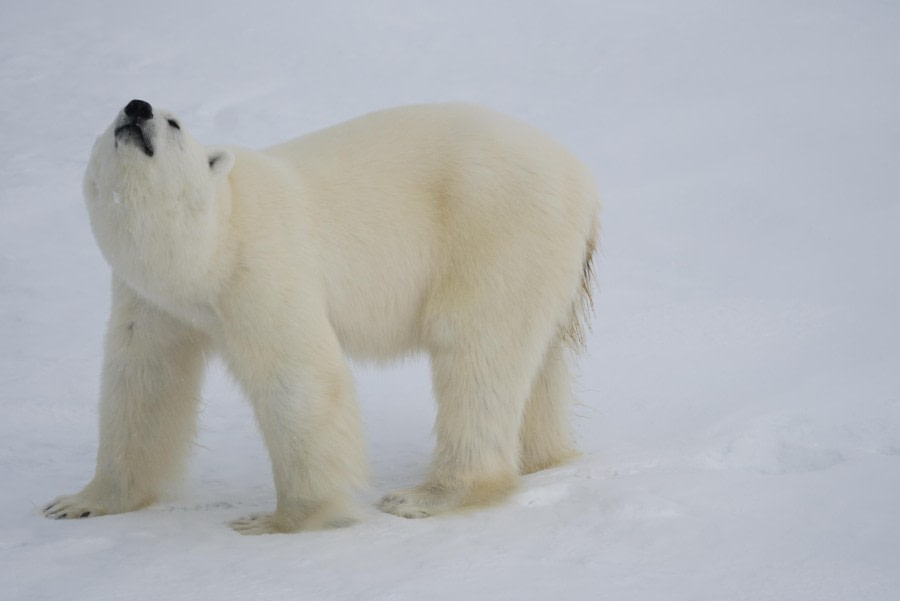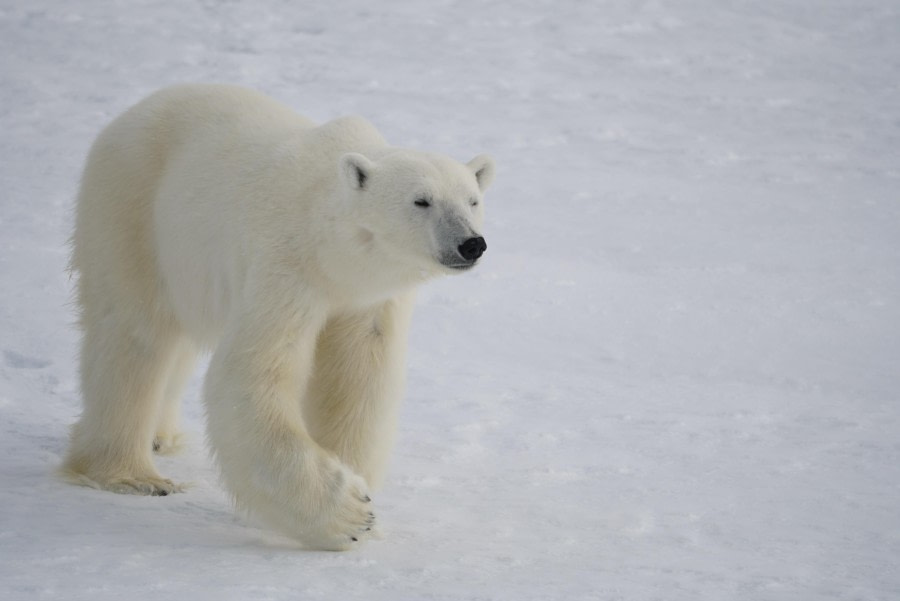Title
83 Degree Farthest North Spitsbergen Extreme
Start – End
Tripcode
HDS12-26
Language
English
Ship
Embarkation / Disembarkation
Longyearbyen - Longyearbyen
Nights / Days
9 nights
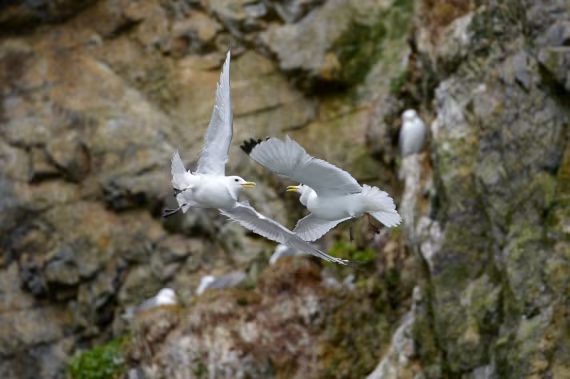
Voyage overview
Explore varied landscapes and encounter diverse marine wildlife as you navigate Spitsbergen's beautiful fjords and coastline. Voyaging north beyond Phippsøya, you'll enter the sea ice, a frozen, floating world, and encounter polar bears and walruses before exploring the fascinating whaling history of Ytre Norskoya and the stunning flora and fauna of Bell Sund.
Day 1: Largest town, biggest island
You find yourself in Longyearbyen, the administrative center of Spitsbergen, the largest island of the Svalbard archipelago. Enjoy strolling around this former mining town, whose parish church and Svalbard Museum make for fascinating attractions. Though the countryside appears stark, more than a hundred plant species have been recorded here. In the early evening, the ship sails out of Isfjorden, where you might spot the first minke whale of your voyage.
Day 2 - 9: North Spitsbergen
Kongsfjorden and Blomstrandhalvøya
Blomstrandhalvøya, located on the northern side of the fjord, offers shelter and the opportunity to change plans if the weather changes. In the afternoon, you visit Ny Ålesund, one of the northernmost settlements on Earth. Once a mining village served by the world's most northerly railway – the tracks are still visible – Ny Ålesund is now a research center.
If you're interested in the history of Arctic exploration, visit the anchoring mast used by polar explorers Amundsen and Nobile in their airships Norge (1926) and Italia (1928). In the evening, we will head north along the coast, looking for whales.
The immense Monaco Glacier
Depending on the weather, you could sail into Liefdefjorden, land at Texas Bar, and cruise within sight of the 5-kilometer-long (3.1 miles) face of the precipitous Monaco Glacier. The waters in front of this glacier are a favorite feeding spot for thousands of kittiwakes, and the base of the ice is a popular polar bear hunting ground. Another possibility is the mouth of Wijdefjorden, boasting both the tundra landscape and the glacier front of Nordbreen.
Or Sorgfjord, a reminder of hard times
You may turn to Sorgfjord, with sunken French and Dutch ships (17th century) lying deep below the surface. You have the chance to find a herd of walruses someway west of the graves of 17th-century whalers at Eolusneset. A nature walk here can bring you close to families of ptarmigans. The opposite side of the fjord at Heclahamna is also a beautiful area for an excursion in a semi-desert region.
A stop at the Seven Islands
At Phippsøya in the Seven Islands, you reach about 80° 30' north, just 870 km (540 miles) from the geographic North Pole. Polar bears and walruses inhabit this region. From here the ship sails northeastward toward the pack ice.
The northernmost point at 83 North
In the evening, we expect to reach our northernmost point at the edge of the sea ice or some way into it. The landscape within the pack ice is a beautiful and moving world. At this latitude, it makes its way from the Polar Basin to the southwest and southward along the coast of Greenland.
In the fringes of the sea-ice
Sailing southwest along and sometimes in the sea ice, we will enjoy fantastic opportunities to see bears, seals, various species of whale, and sometimes even the visually striking narwhal. On earlier voyages in this area, we have even encountered Ross's gulls, which winter in the Polar Sea.
Whalers from ages past
At Zeeuwse Uitkijk on Ytre Norskøya, the remains of a whaling station can be found. Here, once Europe's most northernmost outpost, Dutch whalers processed whale blubber and buried their dead. We are not allowed to visit the vicinity of their gravesites, but we may walk to the top of the island, which offers splendid views across the open sea and on the kittiwake colony on the east side.
An alternative landing site for this landing could be Smeerenburg, a former major whaling settlement. Many relics from this period, including tryworks, can be seen there.
Bell Sund's flora, fauna, and haunting history
Today, you find yourself in Bell Sund, one of the largest fjord systems in Svalbard. The ocean currents make this area slightly warmer than other areas in the archipelago, which shows in the relatively lush vegetation. Here, there are excellent opportunities to enjoy both history and wildlife. A possibility is Ahlstrandhalvøya; at the mouth of Van Keulenfjorden, you may discover piles of beluga skeletons. These remains of 19th-century whale slaughter are a haunting reminder of the consequences of rampant exploitation. Fortunately, belugas were not hunted to extinction, and you have a good chance of coming across a pod. Alternately, while cruising the side fjords of Bellsund, you can explore tundra - a favored feeding ground for reindeer.
Day 10: There and back again
Every adventure, no matter how grand, must eventually come to an end. You disembark in Longyearbyen, taking home Arctic memories that will accompany you forever. The pioneering spirit you will have experienced with us will stay with you wherever your next adventure lies.
Highlights you might experience
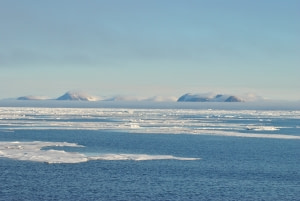
The Seven Islands are part of the Northeast Svalbard Reserve and are full of wildlife and Arctic flora
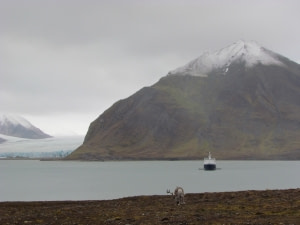
A beautiful sound in the Arctic archipelago of Svalbard
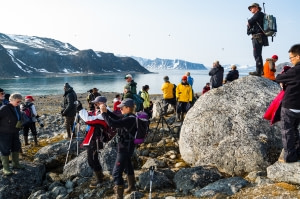
The remains of Dutch whaling operations can be found here, including the graves of over 200 unlucky whalers
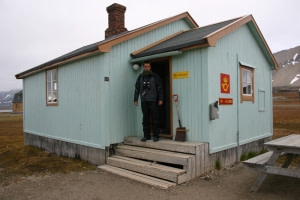
Ny Ålesund is often mentioned as being the northernmost settlement in the world. Originally a mining settlement it is now a scientist village, an Arctic laboratory.
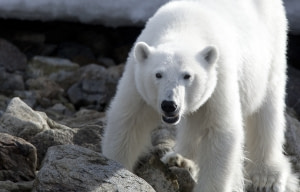
Awe-inspiring icons of the circumpolar north, polar bears are majestic to behold, terrifying to confront, and as essential to the Arctic as ice and snow
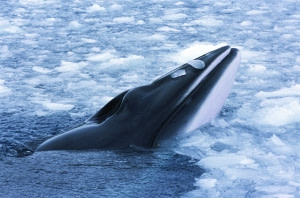
Though the smallest of the fin whales, these migrating mammals can let out a cry as loud as a plane taking off
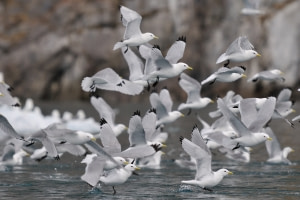
Named for their own bird call, these cliff-nesting "three-toes" are the most abundant gulls on the planet
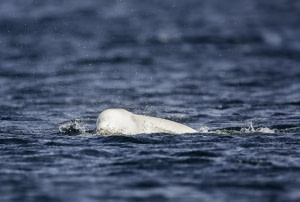
The good-natured grin of these dolphin relatives is matched only by their high-frequency sounds, from which they derive the nickname "sea canaries"
What Our Travelers Say
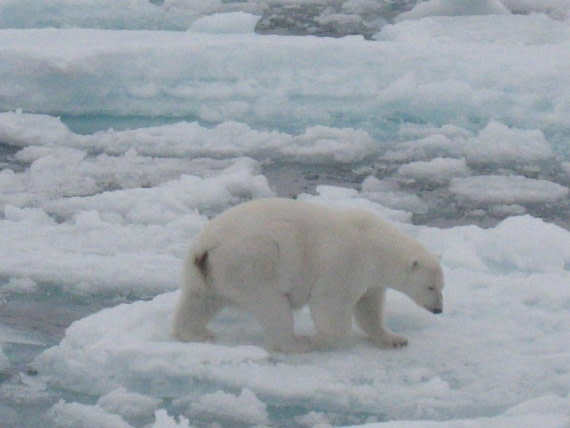
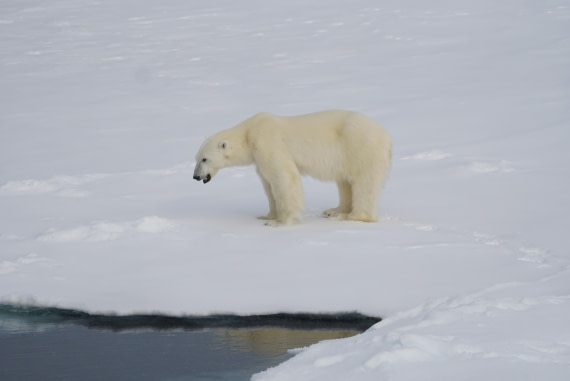



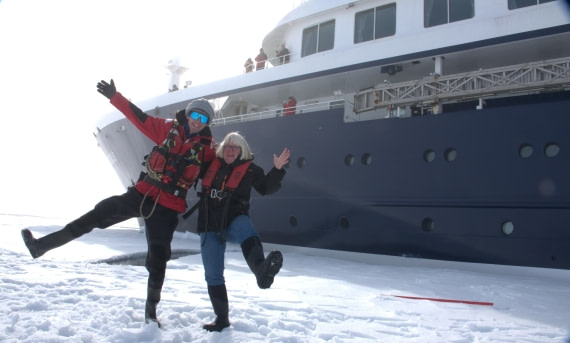
m/v Hondius
Hondius is the world’s first-registered Polar Class 6 vessel and was built from the ground up for expedition cruising.
Full ship info »